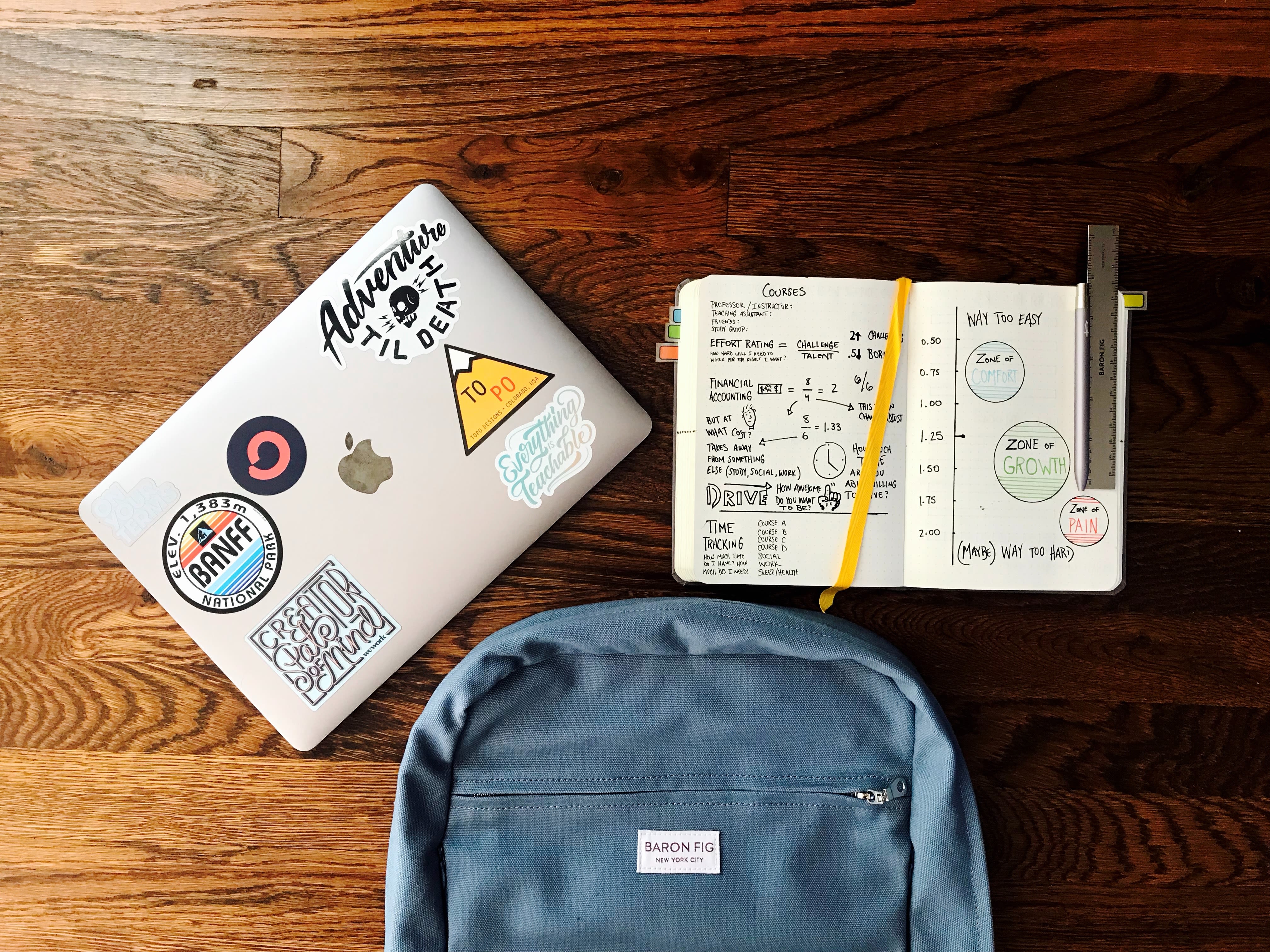3 Effective Studying Methods

Test Yourself
Testing yourself is an incredibly effective method to boost your ability to retain information while also gauging how well you understand the topic. This method encourages students to actively engage with the material through self-assessment.
The underlying principle is straightforward: rather than simply reviewing notes or textbooks, learners deliberately quiz themselves on the subject matter.
By grappling with questions and problems, students stimulate their cognitive processes, solidifying knowledge in a way that transcends mere rote memorisation. The essence of this technique is to transform your study sessions into dynamic and interactive experiences in order to foster a deeper understanding of your study.

Pomodoro Technique
Developed by Francesco Cirillo in the late 1980s, this study technique has seen great traction in recent years as an effective method of study. Capitalising on the power of time management and sustained concentration, this method involves a more sustainable study-to-break ratio to enable higher levels of information retention.
The method involves breaking study sessions into short, focused intervals, typically 25 minutes in duration, followed by a brief 5-minute break. This structured cycle, known as a "pomodoro," mirrors the ticking of a kitchen timer, emphasising the urgency and intensity of the task at hand.
It doesn't stop there; after completing four Pomodoros, you are to have an extended break of 15–30 minutes. What makes this method so useful and highly utilised nowadays is that it leverages the human brain's natural learning rhythms, leading to less burnout and maintaining high levels of concentration without any substantial dips.
This method not only enhances productivity but also combats procrastination, making it an invaluable tool for those navigating the demanding landscape of academic pursuits.

Set Up a Distraction Free Environment
Nowadays, there are a myriad of distractions constantly hitting us head-on. Demanding our attention from more important things towards more menial things that prevent us from being our own productive machines of learning. From social media to video games and YouTube, there is a competition for our attention, and it is something that we have to win for ourselves.
Therefore, it has become even more important to create a dedicated and distraction-free study environment as a crucial strategy for academic success. Setting up a workspace devoid of interruptions is a methodical approach that recognises the profound impact of the environment on learning outcomes. This is no easy feat and does require a lot of dedication, but if seen through, it is by far one of the best ways to optimise your studying sessions.
By designating a specific area for study, students can signal to their brains that it's time to focus and engage in deep, concentrated learning. This environment should be free from the siren calls of social media notifications, buzzing phones, and other potential disruptions. Optimal lighting, comfortable seating, and an organised workspace further contribute to a conducive study atmosphere.
So, learn what ticks for you and what makes you feel more comfortable. Get lights with warm colours, place an inspirational quote on your desk, and let in more natural light—whatever floats your boat!
This isn't a "one size fits all" sort of situation. Identify what works for you and turn yourself from a struggling studier into a machine of learning.

